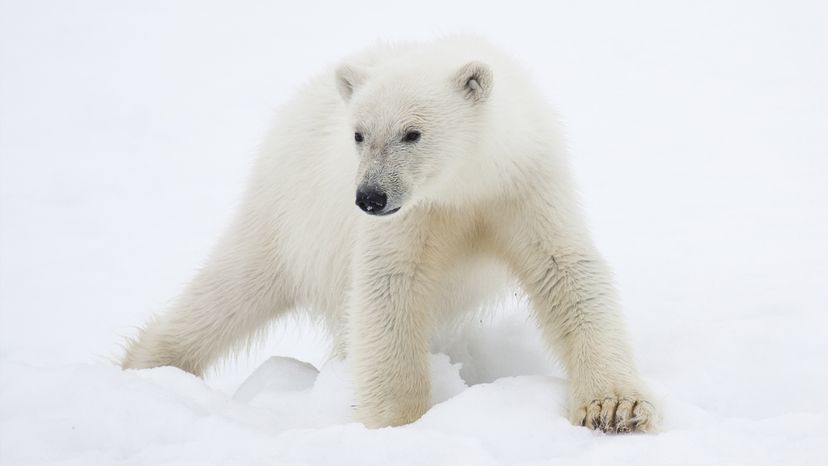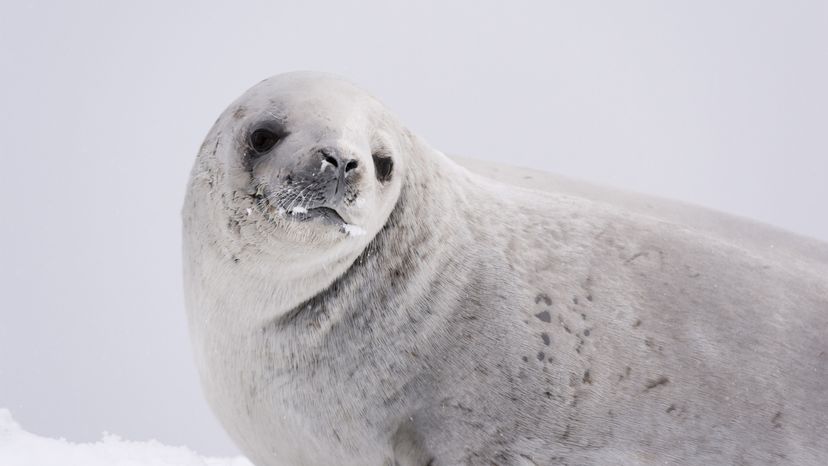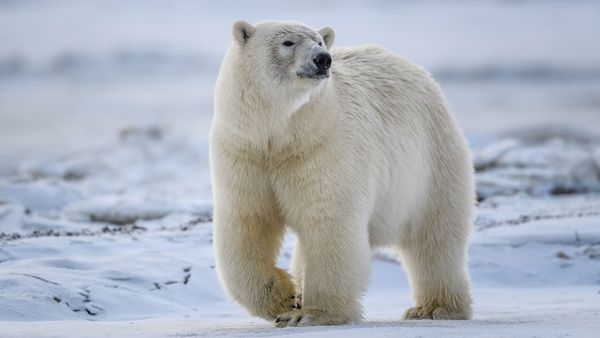
Liver has long been a staple in many diets. Deep-fried chicken livers are a favorite in parts of the American South. Travel to Germany and you can feast on traditional liverwurst. In Japan, you can order a heaping helping of sashimi made with raw fish liver. As delicious (or disgusting) as some of these dishes may sound to you, not every bird, fish or mammal necessarily offers the best ingredients for a culinary masterpiece. In fact, if you ever have the chance to try polar bear liver, think twice -- it may be the last meal you ever eat.
The native peoples of the Arctic have never shied away from cooking up some polar bear stew, but they've long known to avoid eating the livers of various arctic creatures. Western explorers, however, learned the hard way. As early as 1596, explorers returned to Europe with accounts of horrible illnesses resulting from the consumption of polar bear liver [source: Rodahl and Moore].
Advertisement
Illness severity depended on how much liver the explorers consumed, but symptoms typically included drowsiness, sluggishness, irritability, severe headache, bone pain, blurred vision and vomiting. Perhaps the most horrific symptom they encountered was peeling skin. While milder cases merely involved flaking around the mouth, some accounts reported cases of full-body skin loss. Even the thick skin on the bottoms of a patient's feet could peel away, leaving the underlying flesh bloody and exposed. The worst cases ended in liver damage, hemorrhage, coma and death.
These explorers suffered from acute hypervitaminosis A, a condition resulting from the overconsumption of vitamin A during a short period of time. The polar bear's liver, much like those of arctic seals and huskies, contains extremely high levels of retinol (the form of vitamin A found in members of the animal kingdom).
On the next page, we'll discover why polar bears carry around so much vitamin A in their livers and how crucial their retinol tolerance is to their survival.
Advertisement

